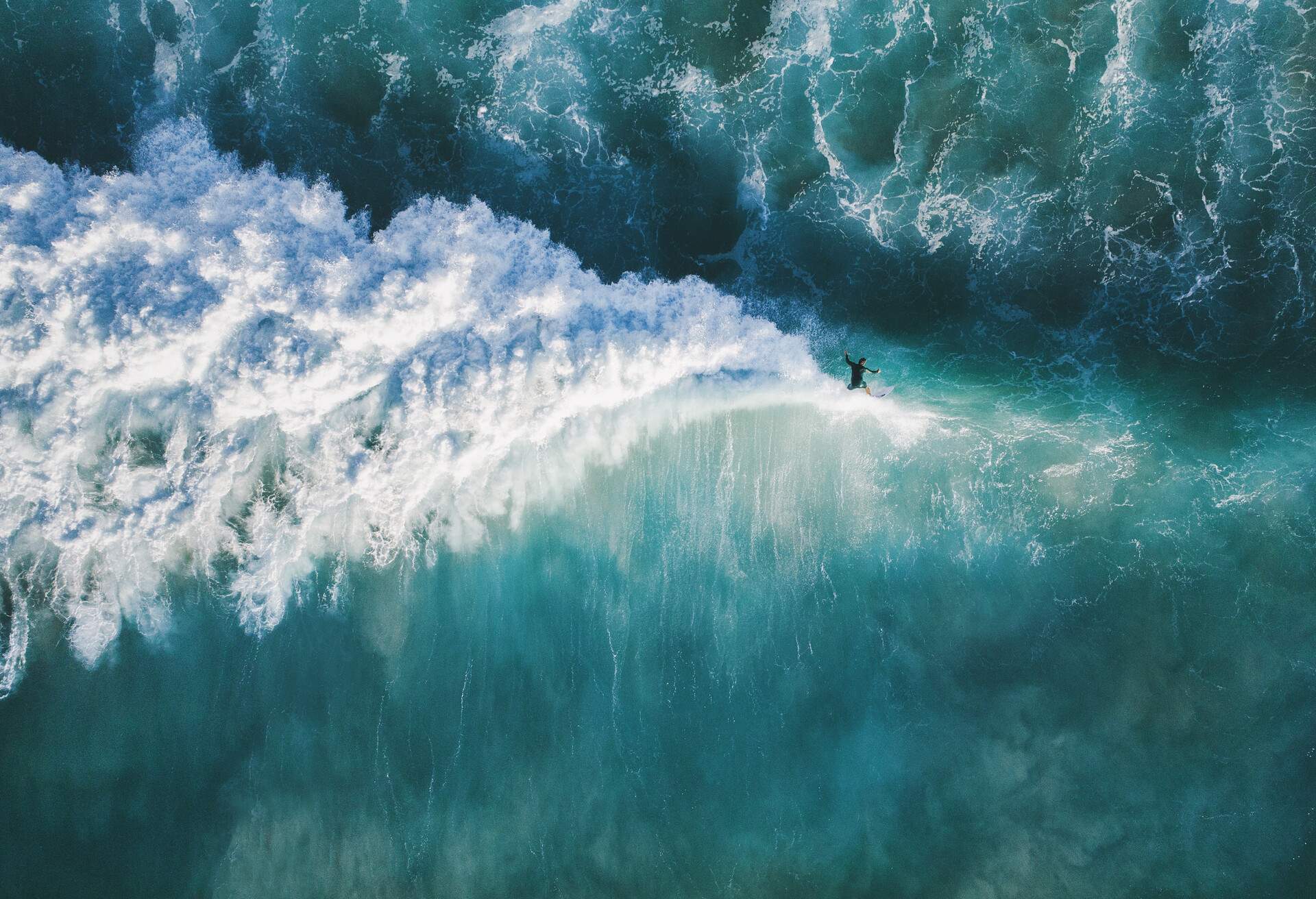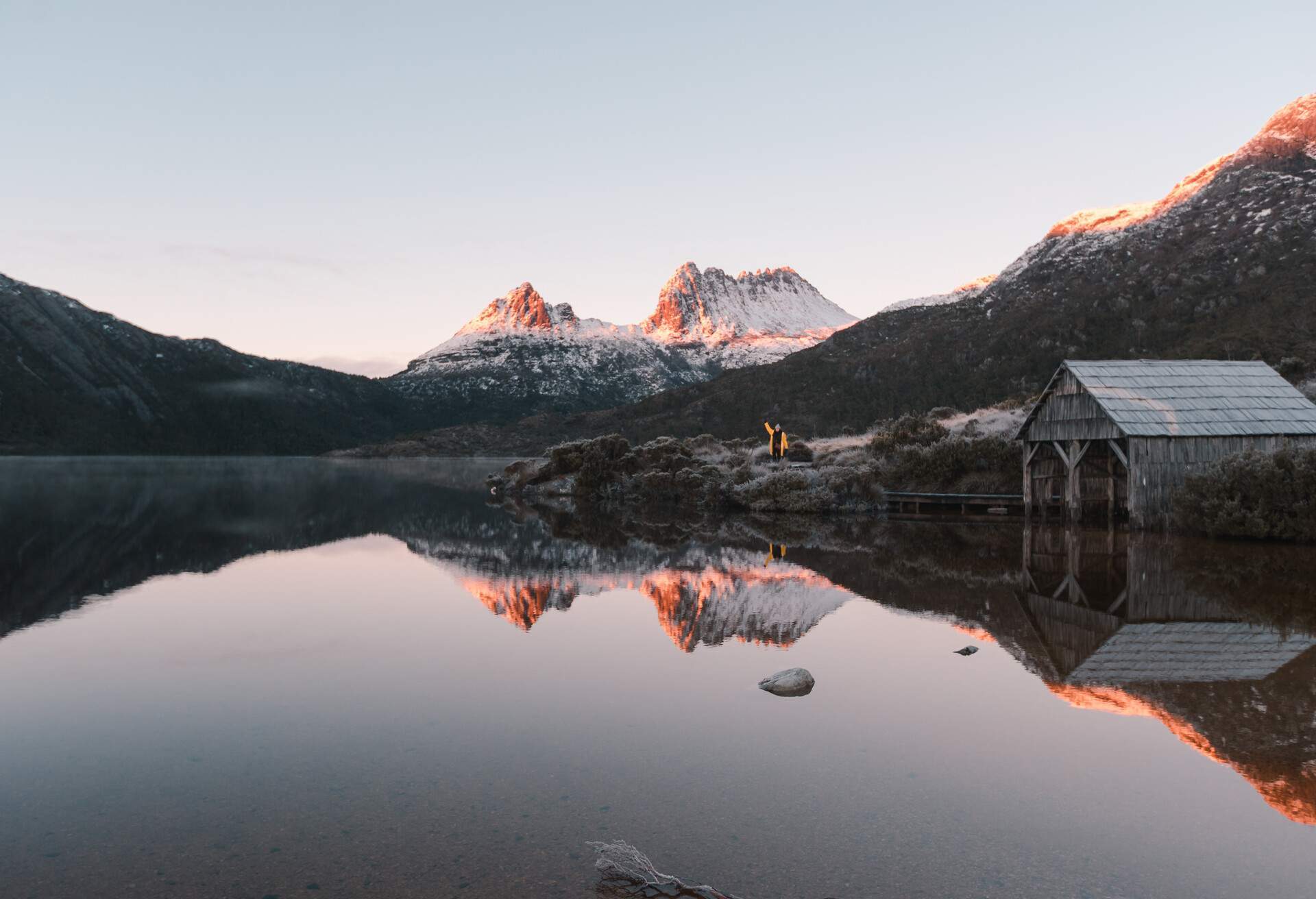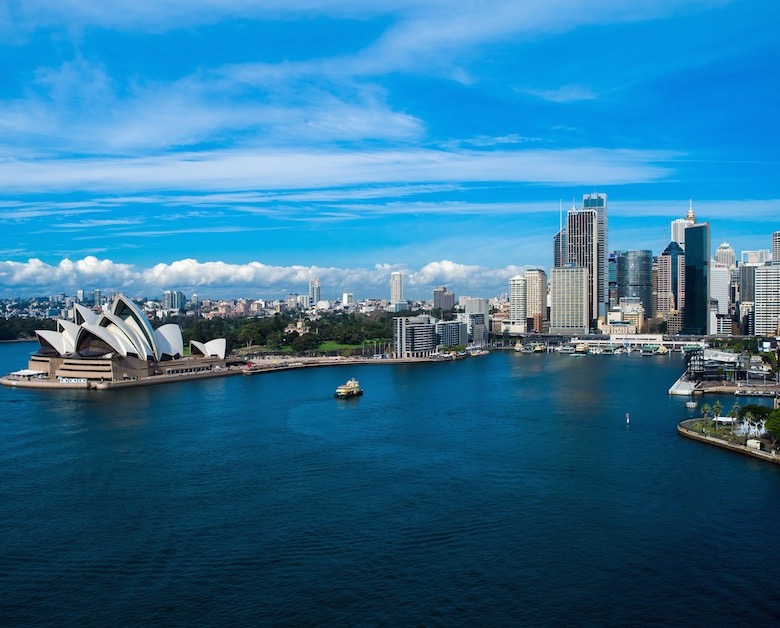Australia is a fascinating country filled with unique natural features and incredible human achievements. We’ve compiled a list of just a few Australian fun facts so you can learn more about the country’s animals, landscapes and history.
From trivia about the country’s immense size and long coastline to funny facts like the Great Emu War, there’s so much to learn. Australia is also home to numerous unique animals, cutting-edge inventions and some of the largest (and longest) natural and man-made structures in the world. Are you ready to dive in?
Fun facts about Australia: small continent, large country
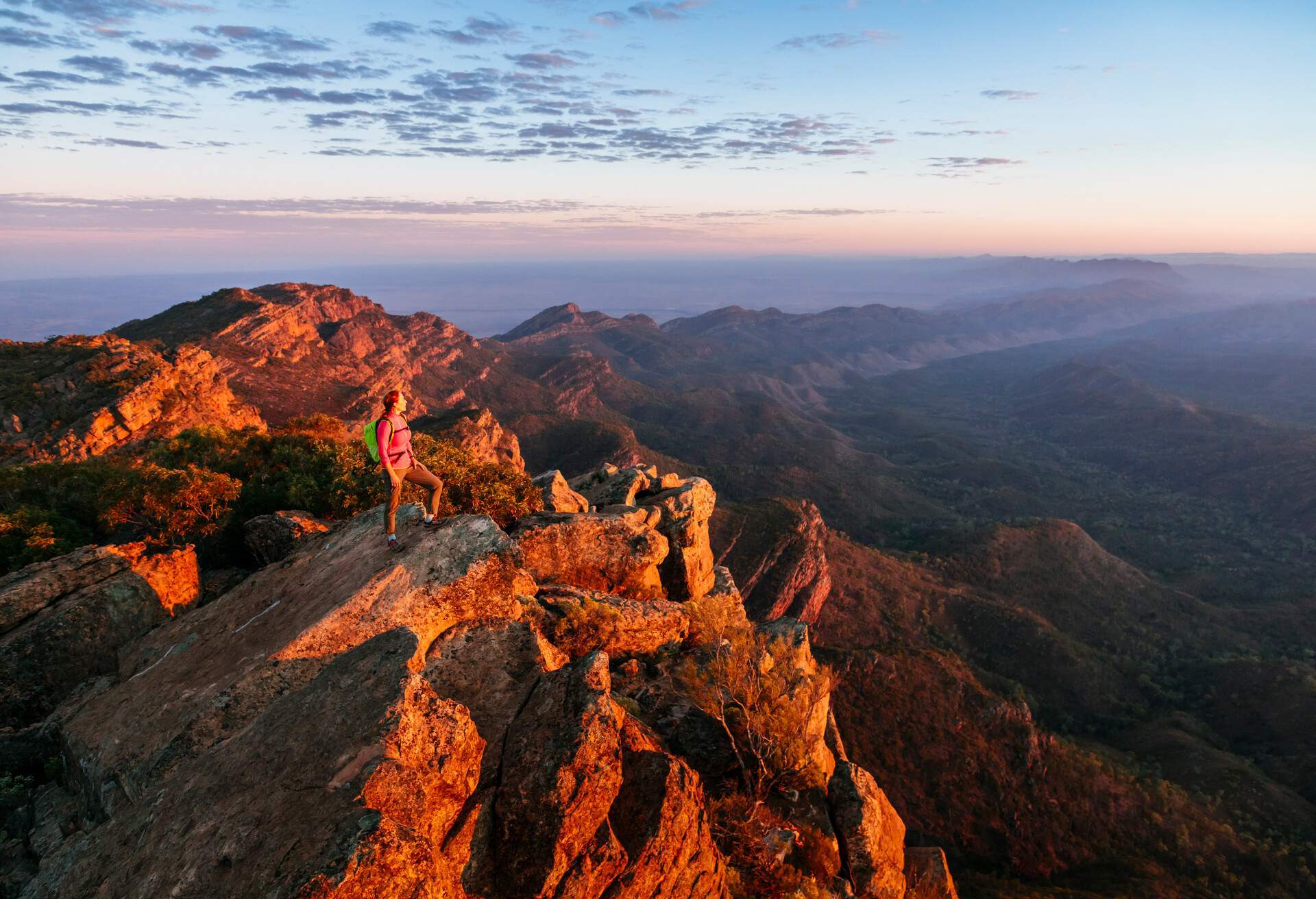
Spanning more than seven million square kilometers, Australia is the smallest continent in the world. It’s also the only continent located entirely in the southern hemisphere. However, Australia is the only country that spans an entire continent which is what makes it the sixth-largest country in the world.
It’s home to a wide range of climates and ecosystems, plus over one-third of the country is desert. Completely surrounded by water, the Australian coastline is also the 6th largest in the world! When it comes to population, you’ll find over 85% of that population lives along the coast.
A lifetime of beaches
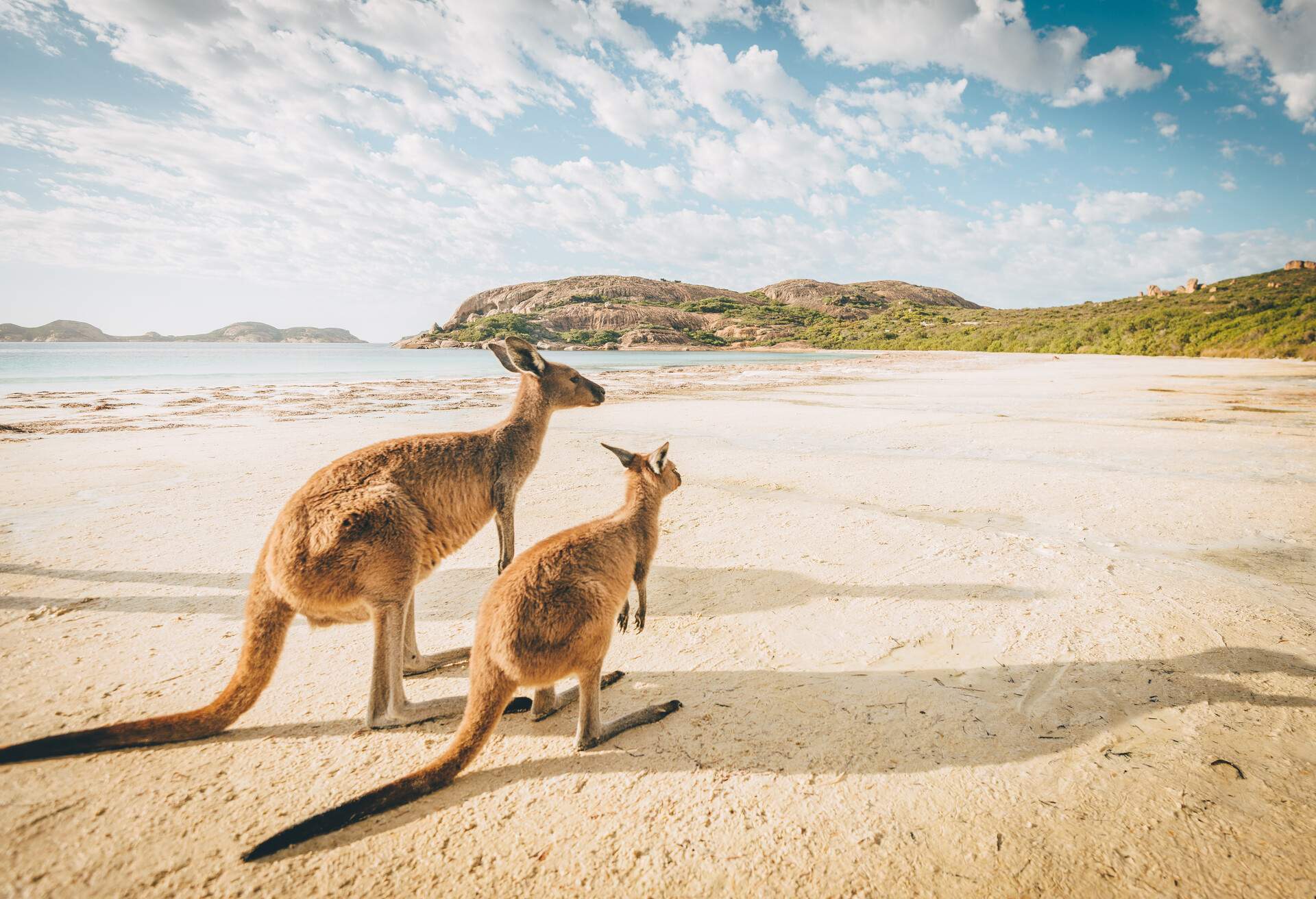
With around 37,000 miles of coastline, Australia is home to nearly 12,000 beaches. Even if you visited one beach every day, it would take you roughly 32 years to see all of them!
Big names like Bondi and Whitehaven are well known among tourists, but there are plenty of beautiful beaches throughout the country. In fact, every state and territory has beaches, even the Australian Capital Territory. New South Wales gave up the Jervis Bay Territory in 1915, when it was decided that Australia’s capital, Canberra, needed its own port. You’ll find Jervis Bay about 2 hours 30 minutes from Canberra by car.
Top surfing destinations
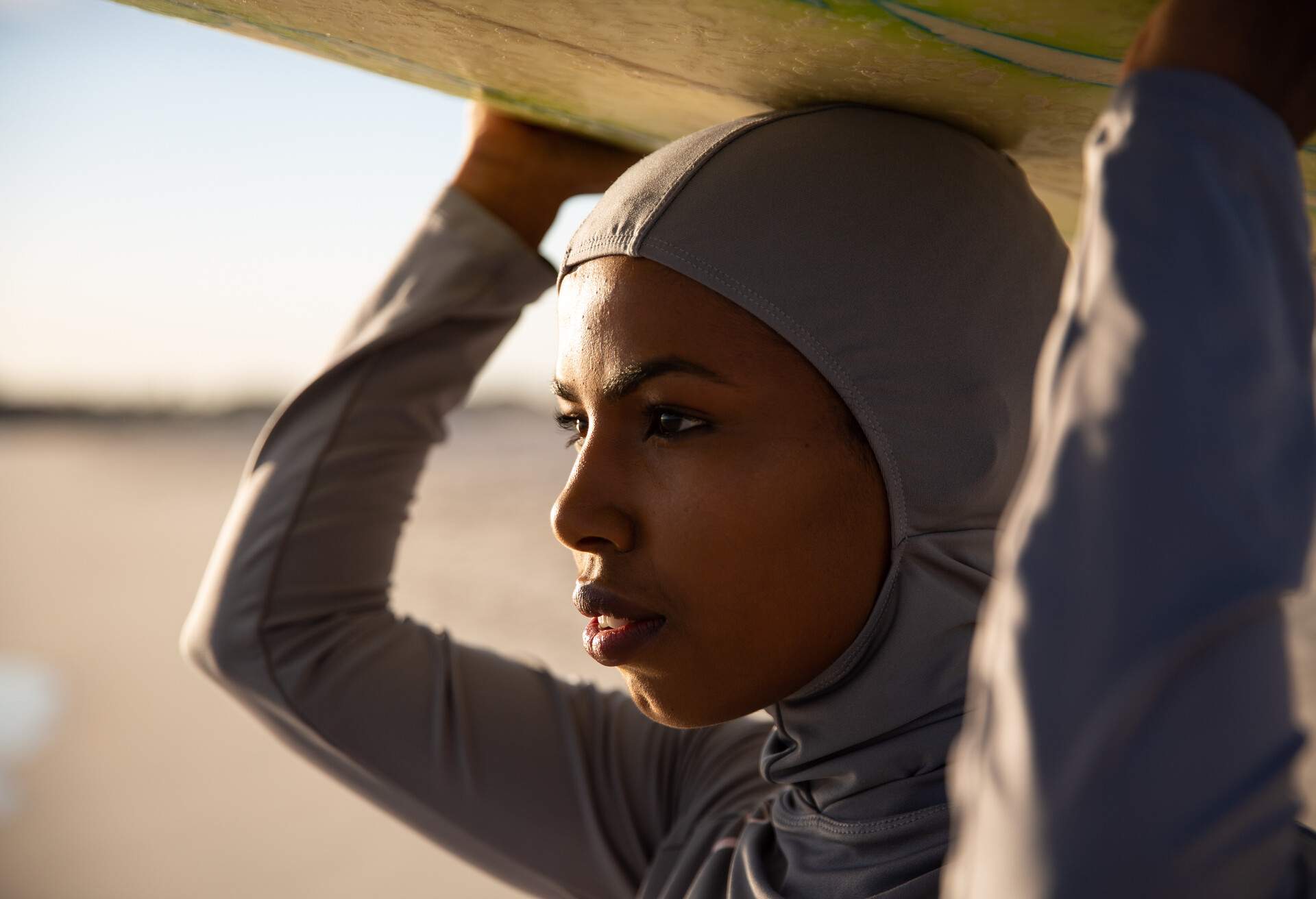
With so many beaches and most of its population along the coast, surfing is naturally a popular pastime in Australia. Australian beaches often have ideal surfing conditions with good swell and consistent waves. Bells Beach in Victoria is home to the longest-running surf competition: The Rip Curl Pro. Originally known as the Bells Beach Surf Classic, it was first held in 1962 and has been held almost every year since.
As surfing is so popular, many beach towns will have surfboard hire and lessons available. If you’re looking to hit the waves at one of Australia’s gorgeous beaches, check out KAYAK’s guide to surfing in Australia to discover what each region has to offer.
Longest golf course in the world

Another fun fact about Australia is to do with its golf courses. Along the southern coast, you’ll find the Nullarbor Links Golf Course – the longest in the world. It stretches across two states and roughly 850 miles. The course sits alongside a section of the Eyre Highway and you can play the course in either direction, between Kalgoorlie, Western Australia, and Ceduna, South Australia.
Some holes were incorporated from existing courses, while others were created for the course at roadside stops. Part of the purpose of building the course was to get road trippers to stop along the way, spend some money in local communities and avoid driving fatigue. There are a number of unique hazards on the courses, including wombat holes and kangaroos. One hole even sits in the center of a sheep station! Nullarbor Links opened in 2009, and by 2022, more than 20,000 travelers had officially played the course.
World’s largest coral reef system

Located in the Coral Sea, off the coast of Queensland, the Great Barrier Reef is one of Australia’s most well-known attractions. It’s also the largest coral reef system in the world, with over 2,900 reefs and 900 islands stretching across roughly 214,000 square miles.
The reef is home to approximately 1,500 species of fish, 400 kinds of coral and species such as the dugong (or ‘sea cow’) and large green turtles, which are currently vulnerable to extinction. The Great Barrier Reef is one of Australia’s most popular tourist attractions, with many companies offering snorkeling and scuba-diving tours of the remarkable marine ecosystem. Some areas are closed off to tourists in order to help conservation efforts as rising sea temperatures threaten the reefs, coral and sea life.
Vegemite vs marmite
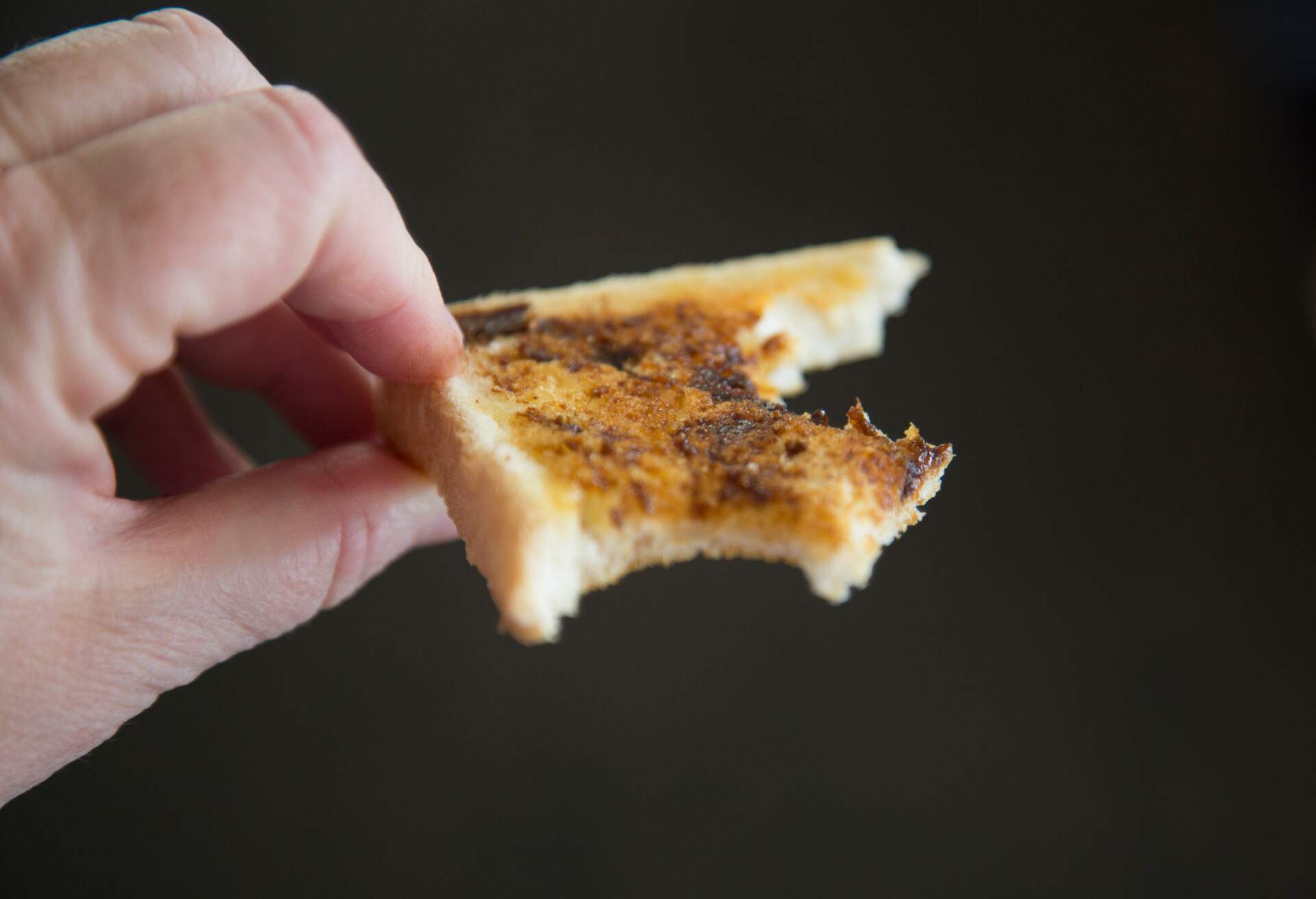
Want to know a foodie fun fact about Australia? Say hello to Vegemite – an Australian staple that’s found in pantries across the country. It was invented in 1923 by the chemist Cyril P. Callister, who was commissioned by Australian food manufacturer Fred Walker to create a spread similar to Marmite. Both spreads are made from yeast extract, though they have slightly different tastes and Vegemite has a much thicker texture.
For a long time, Marmite was more popular in Australia, but when Marmite imports were disrupted during World War II, Vegemite swept in and took over. Today, to most people in the country, it’s an Australian fact that Vegemite is better. Vegemite on toast is a common Australian breakfast. If you’re going to try out Vegemite on your trip, just remember: less is always more.
Uluru underground
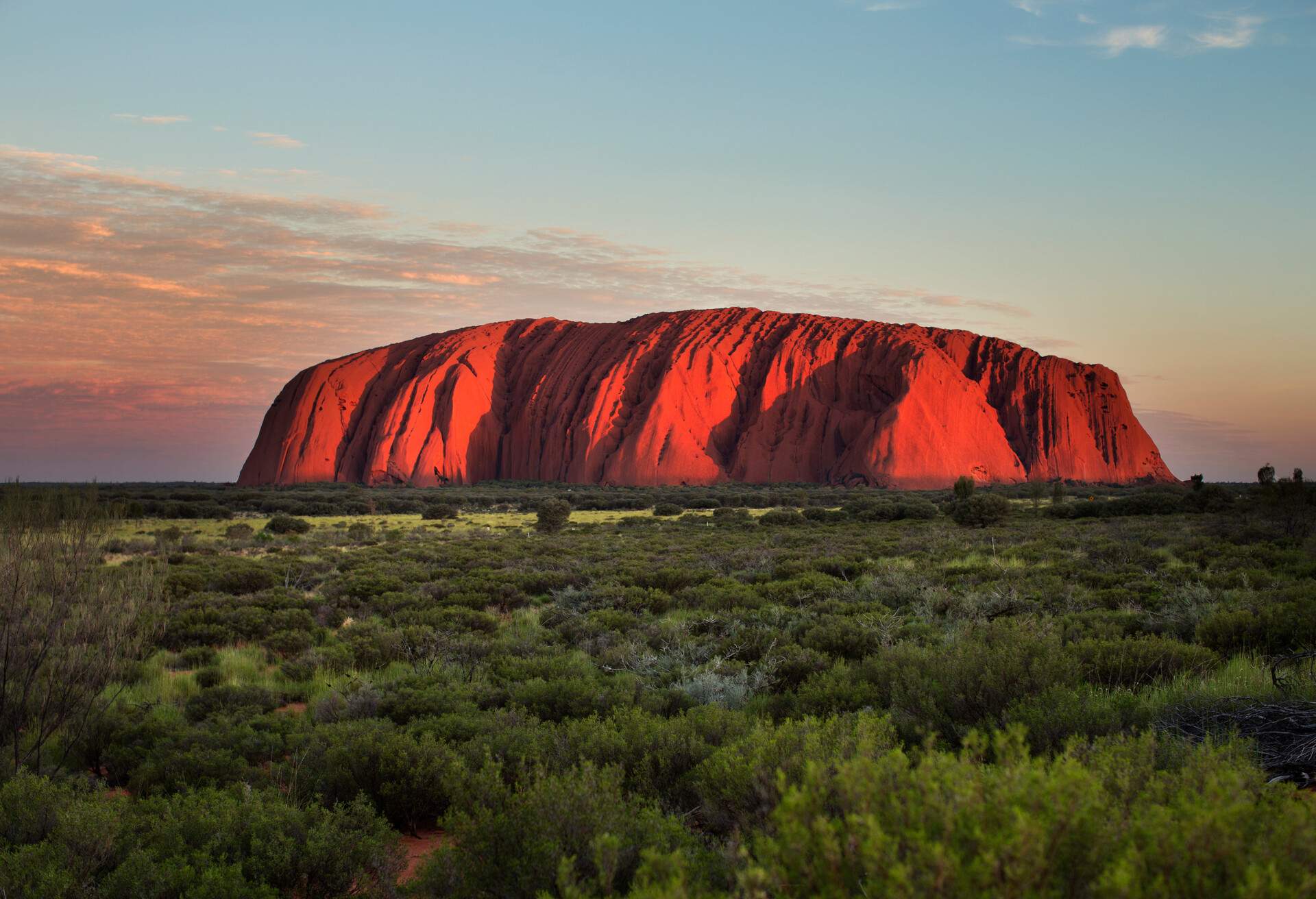
About 1141 meters high and 2.2 miles long, Uluru is one of Australia’s most famous natural structures and carries a strong spiritual significance to Indigenous Australians, particularly the local Anangu tribe.
Uluru boasts a stunning ochre red appearance and is sometimes referred to as a ‘land iceberg’. This is because most of the rock is actually down below the earth’s surface. Geologists estimate it goes at least 1.5 miles underground. Uluru is also one of just a few places in the world to hold a dual UNESCO World Heritage Listing, both for its unique geology and for its cultural significance. It is estimated to be approximately 600 million years old.
The largest rock in the world
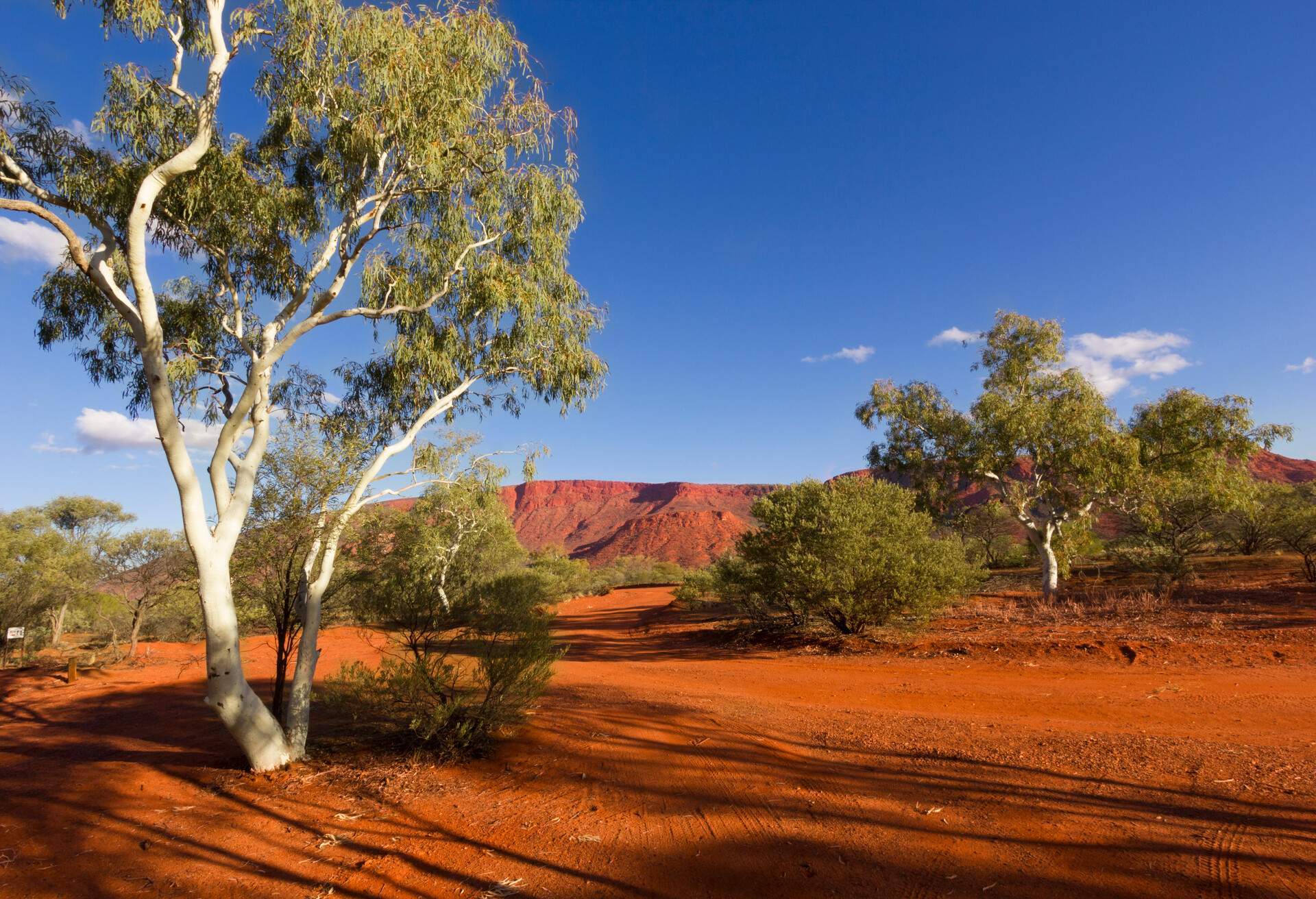
Uluru is the world’s largest monolith, meaning it is made of only one type of rock. However, it isn’t the only incredible rock structure in Australia. Mount Augustus, or Burringurrah, in Western Australia, is the largest rock in the world. It reaches a height of 2352 feet and covers an area of roughly 4,795 hectares (Uluru covers 333 hectares). Thought to be more than 1.65 billion years old, it’s a stunning sight at sunrise and sunset. Located in Mount Augustus National Park, you can also visit natural features like the Cattle Pool and see native wildlife like kookaburras and goannas.
Australian inventions

A number of crucial technological developments and devices were pioneered by Australians. From medical breakthroughs to new types of currency, Australia loves to be on the cutting edge.
1. The black box
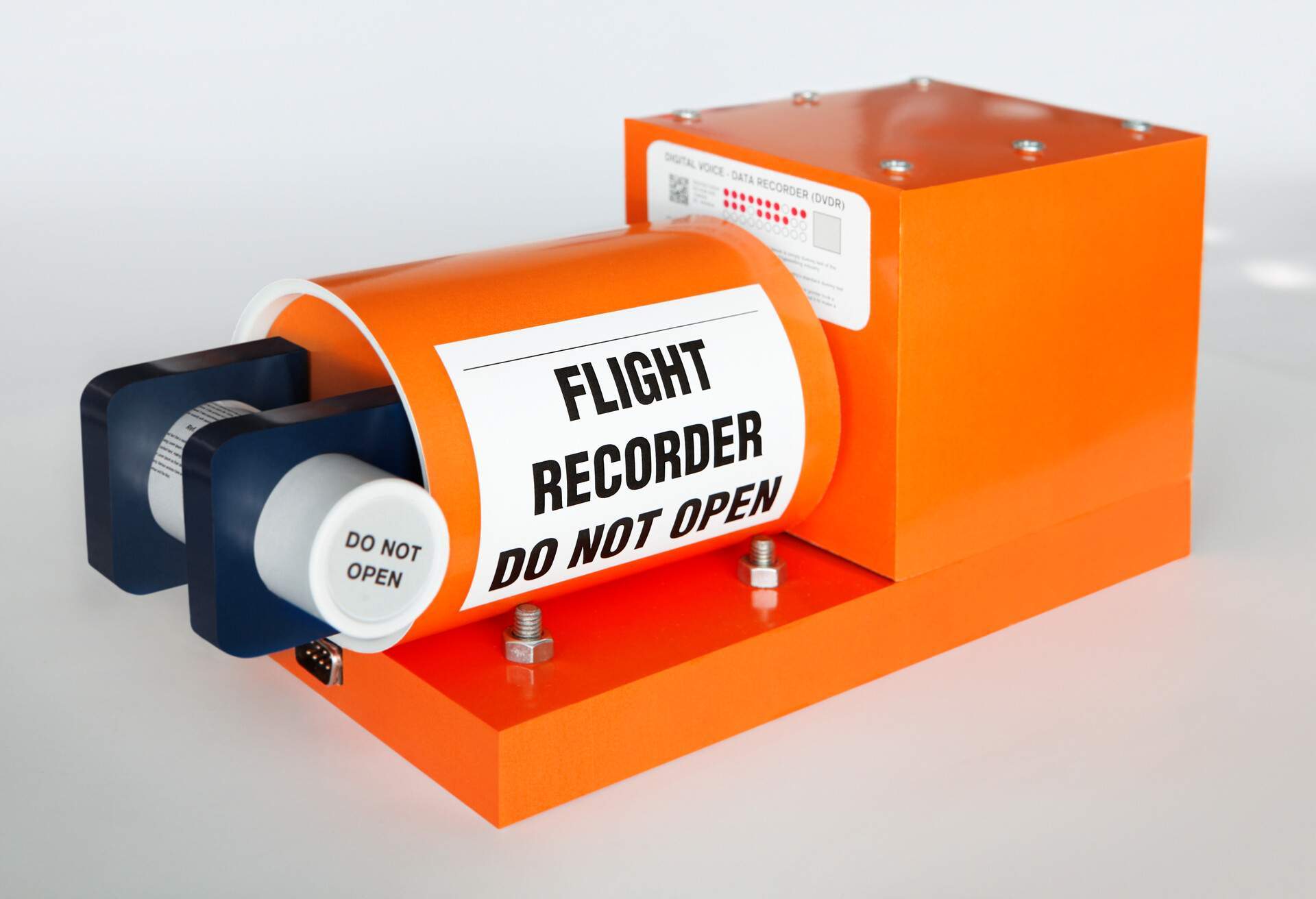
Today, there is a black box flight recorder on every commercial aircraft, and they have played a crucial role in making air travel safer. The almost indestructible device was invented by Australian scientist David Warren, who was part of a research team investigating why a particular type of commercial aircraft kept crashing. Warren first pitched the concept in 1953, the first demonstration model was developed by Warren and his team in 1957 and after a fatal accident in 1960, black boxes became mandatory on all Australian aircraft.
2. Putting penicillin to use

The discovery of penicillin by Alexander Fleming in 1928 is one of the most well-known scientific breakthroughs of the 20th century. But it wasn’t until over a decade later that a team of Oxford scientists would discover how to put the drug to use. This team was led by a German refugee named Ernst Chain and an Australian scientist named Howard Florey. Florey and his team conducted the first clinical trials of penicillin in 1941, and the drug would go on to save many lives in World War II.
3. Plastic banknotes
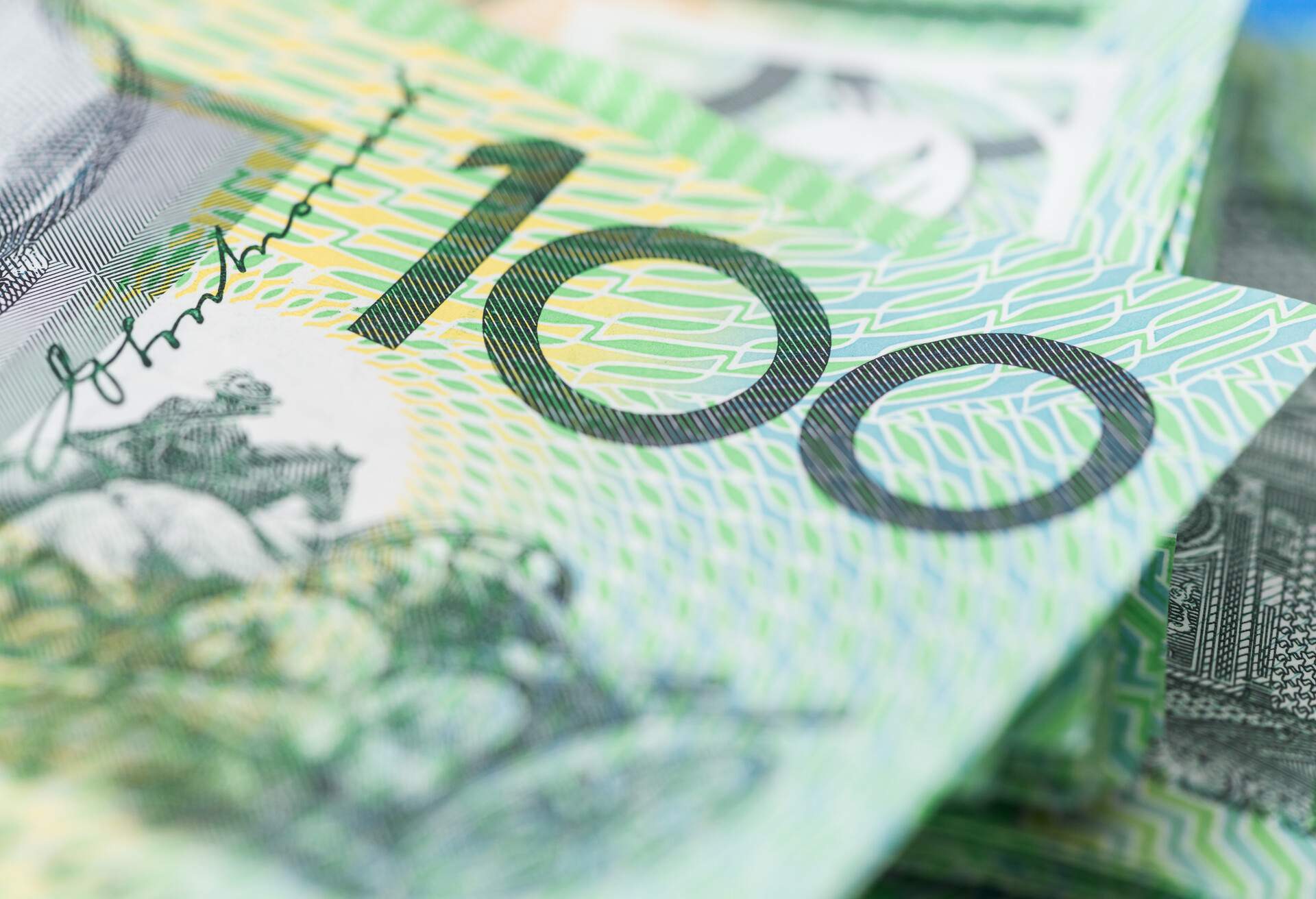
More and more countries are moving towards polymer bank notes, but it was Australia, back in 1988, that became the first country to introduce them. The technology was developed during the 80s as a collaboration between the Reserve Bank of Australia and CSIRO, and by 1996 all Australian banknotes were printed on plastic. Known for their bright colors, Australian banknotes are very difficult to counterfeit, with inbuilt security measures including 3D images and color-changing birds. Today, around 50 countries have issued polymer banknotes, with around 10 being fully converted.
Surprising snowfall
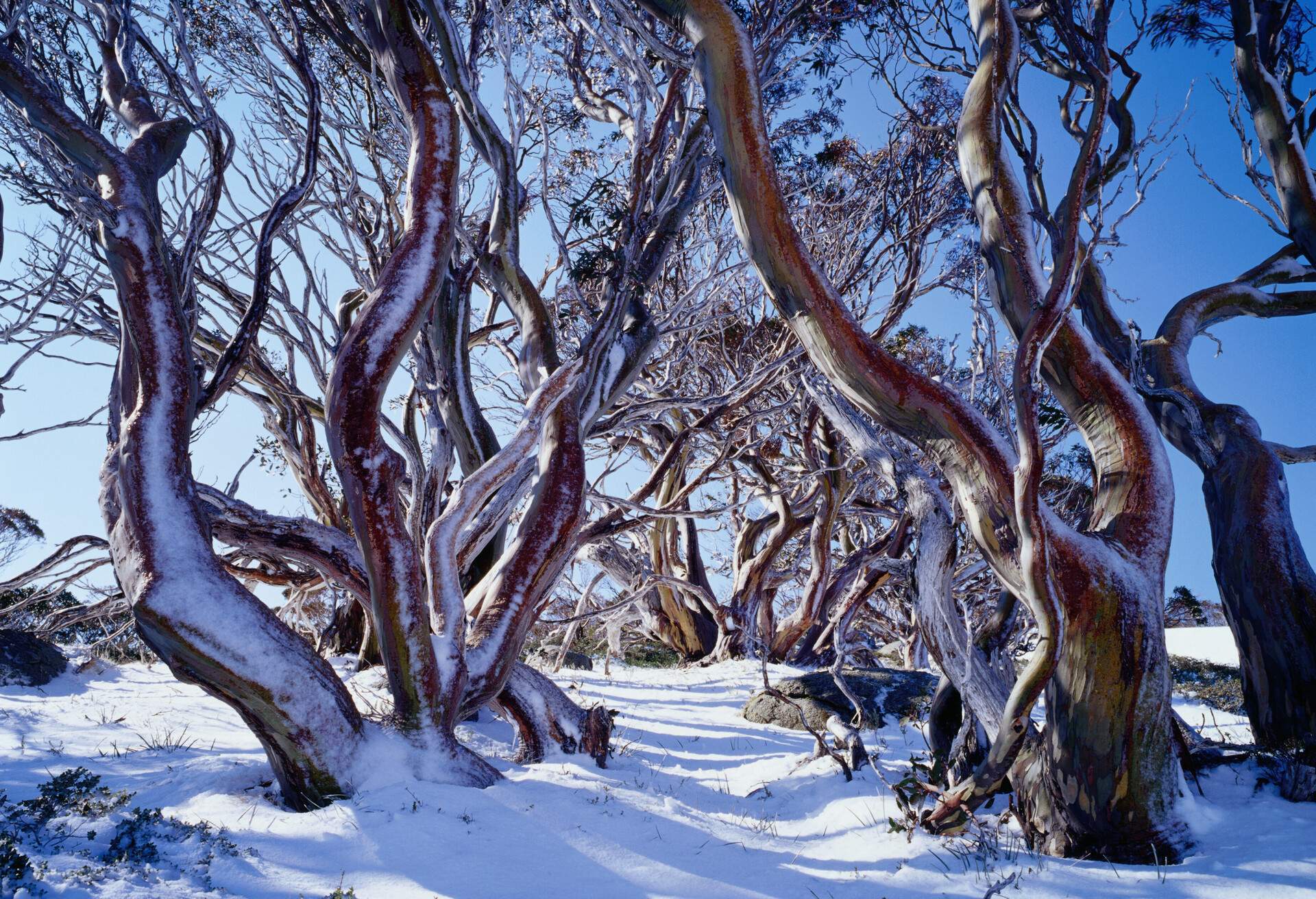
Australia is known as a sunny destination filled with warm beaches, desert plains and tropical rainforests. But Australia shouldn’t be counted out as a winter destination. One of the most interesting facts about Australia is that the Australian Alps, in southeast Australia, get more snowfall than the Swiss Alps during winter. This is partially due to the mountains being closer to the coast, which means they get more precipitation than the landlocked Swiss Alps.
Whether you’re interested in ski resorts like Thredbo and Charlotte Pass or you’d prefer the sunny beaches in the north, plan your next trip with our guide to winter in Australia.
World’s longest war memorial
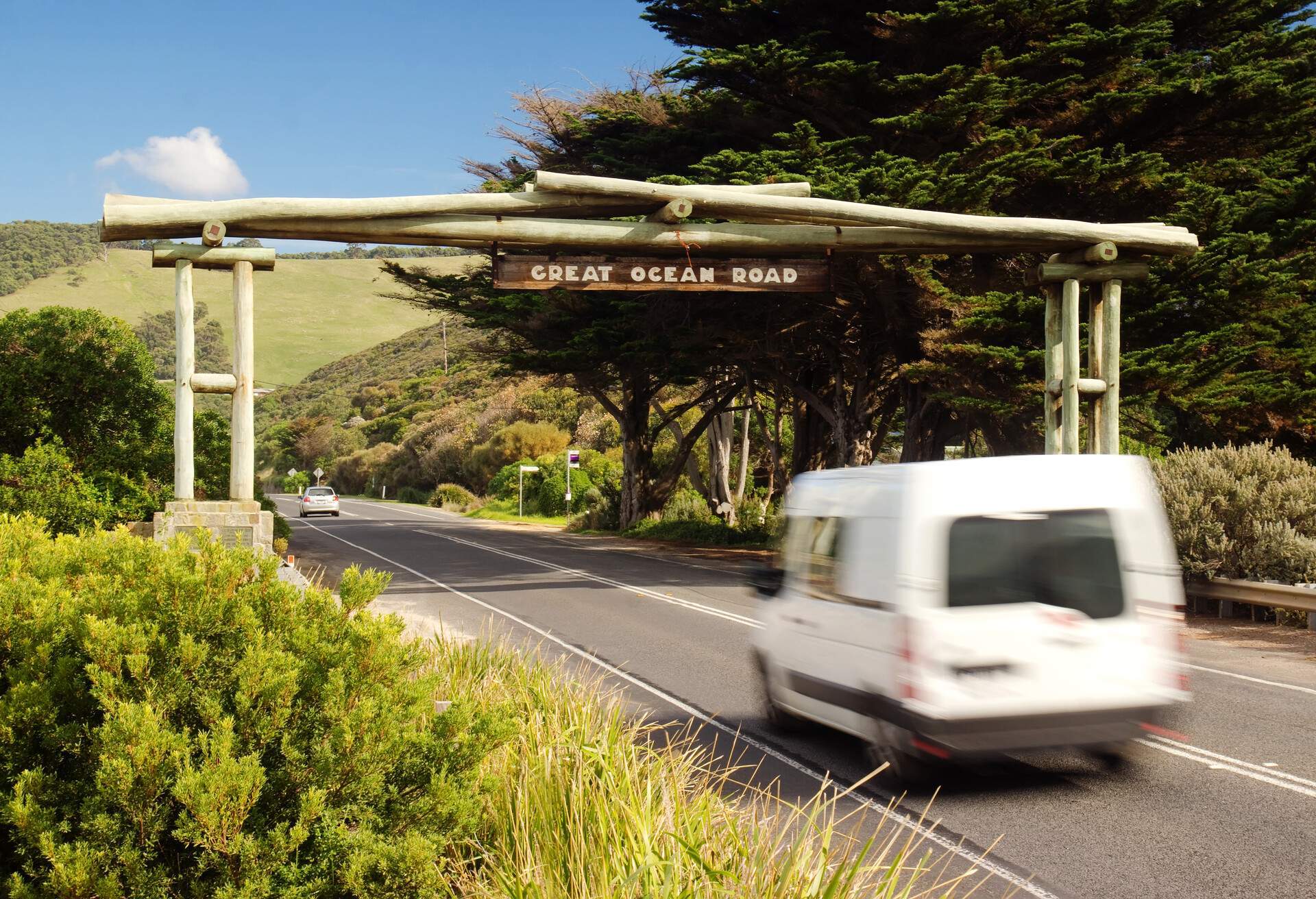
The Great Ocean Road stretches across roughly 150 miles of Victoria’s coastline and was built by soldiers after they returned from World War I. After it was finished, it was dedicated to those who died during the War. At the start of the road, you’ll find the Memorial Arch, built in honor of the soldiers who built it; to one side, you’ll see a statue of two soldiers working on the road, made for its 75th anniversary.
Connecting the towns of Torquay and Allenstown, the Great Ocean Road is known for the attractions you can visit along the way, including the Twelve Apostles and the Split Point Lighthouse.
The Nine Apostles
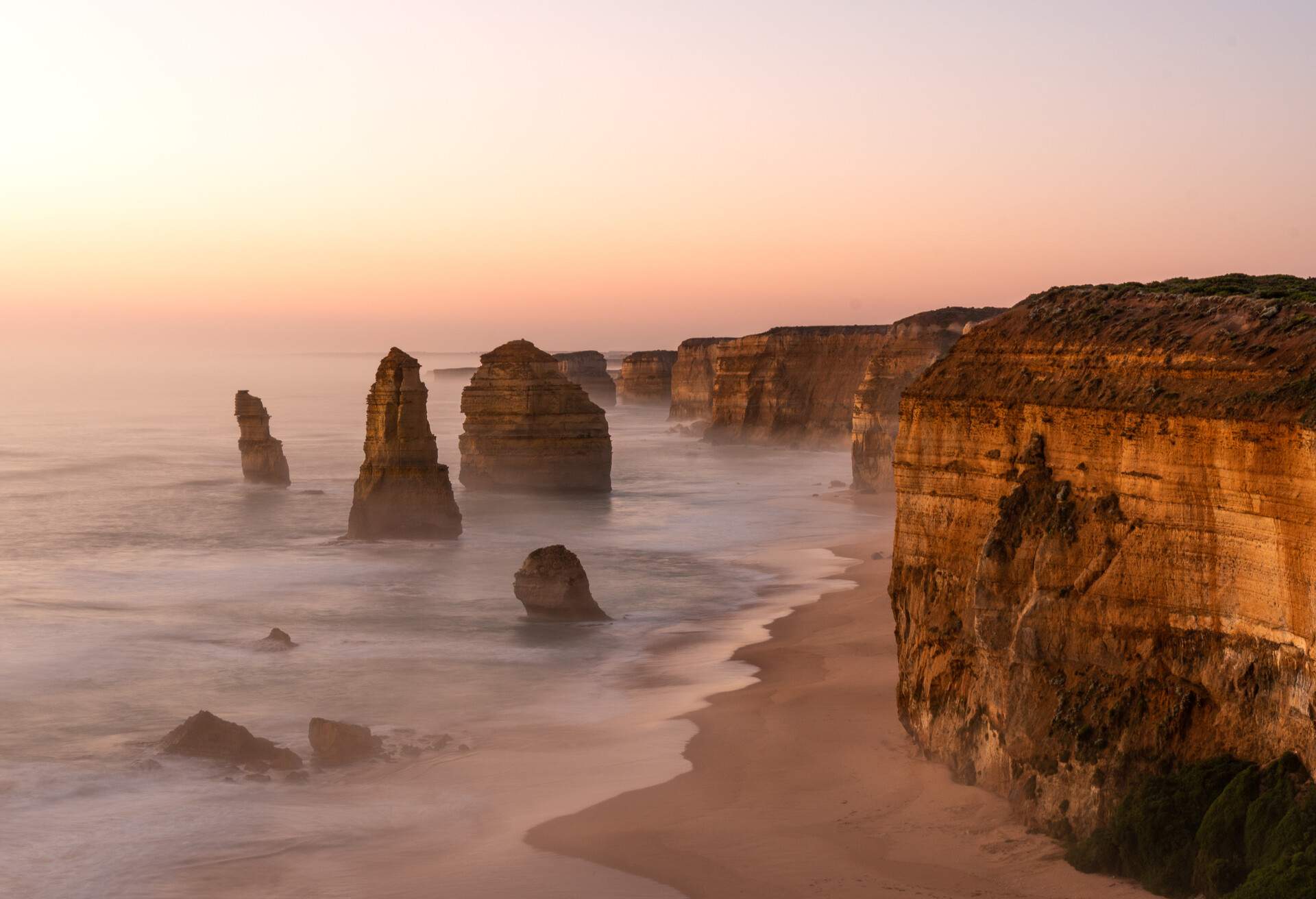
Here’s a random fun fact about Australia: there were never twelve apostles. The Twelve Apostles is a group of rock stacks off the coast of Port Campbell National Park, and it’s one of the most well-known attractions along the Great Ocean Road.
Today, people will point out that due to stacks collapsing, there are only seven instead of 12. But only nine existed originally, and by the time they were named the Twelve Apostles, there were eight. Before they were known as the Twelve Apostles, they were called the ‘Pinnacles’ and the ‘Sow and Pigs’ or ‘Sow and Piglets’. Of course, whatever they’re named and however accurate that name may be, the Twelve Apostles are a beautiful sight and a must-see for anyone traveling the Great Ocean Road.
Unique animals
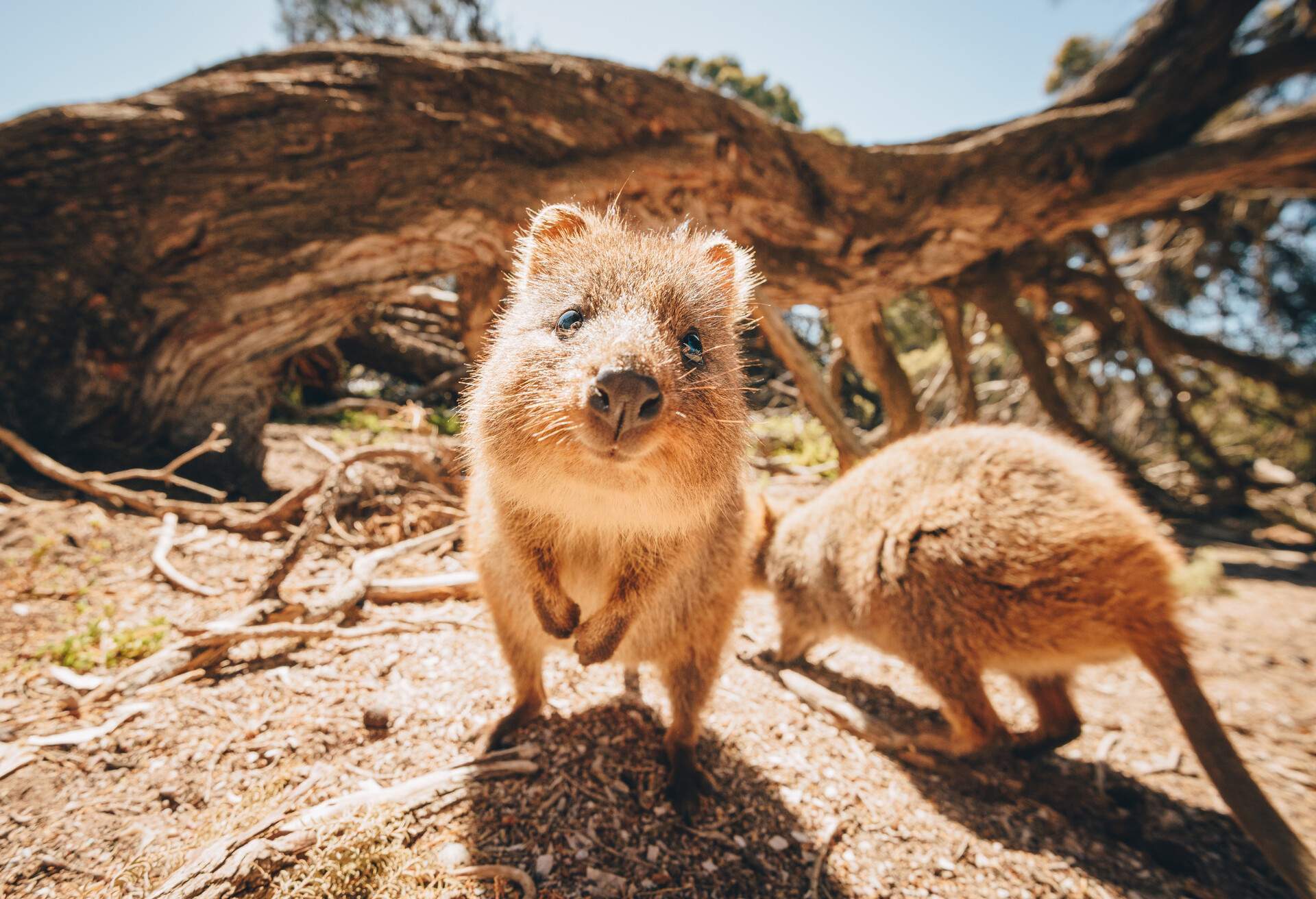
When many people think of Australia, they think of the country’s iconic animals, like koalas and kangaroos. It’s easy for Australia to be identified by its fauna, as roughly 80% of Australia’s animals are unique to the continent. Some are only found in Australia and nearby islands like Papua New Guinea, such as platypuses and echidnas, the world’s only surviving monotremes.
Others can only be found at specific locations in Australia, such as quokkas, the adorable smiling marsupial found on small islands off Western Australia. Of course, you might also think of less cuddly creatures like Australia’s infamous spiders. However, you might be surprised to learn that there hasn’t been a confirmed death as a result of a spider bite in Australia since 1979. Redbacks and funnel webs are the only spiders that have caused deaths in the past, and effective anti-venoms for both have been developed.
The longest fence in the world
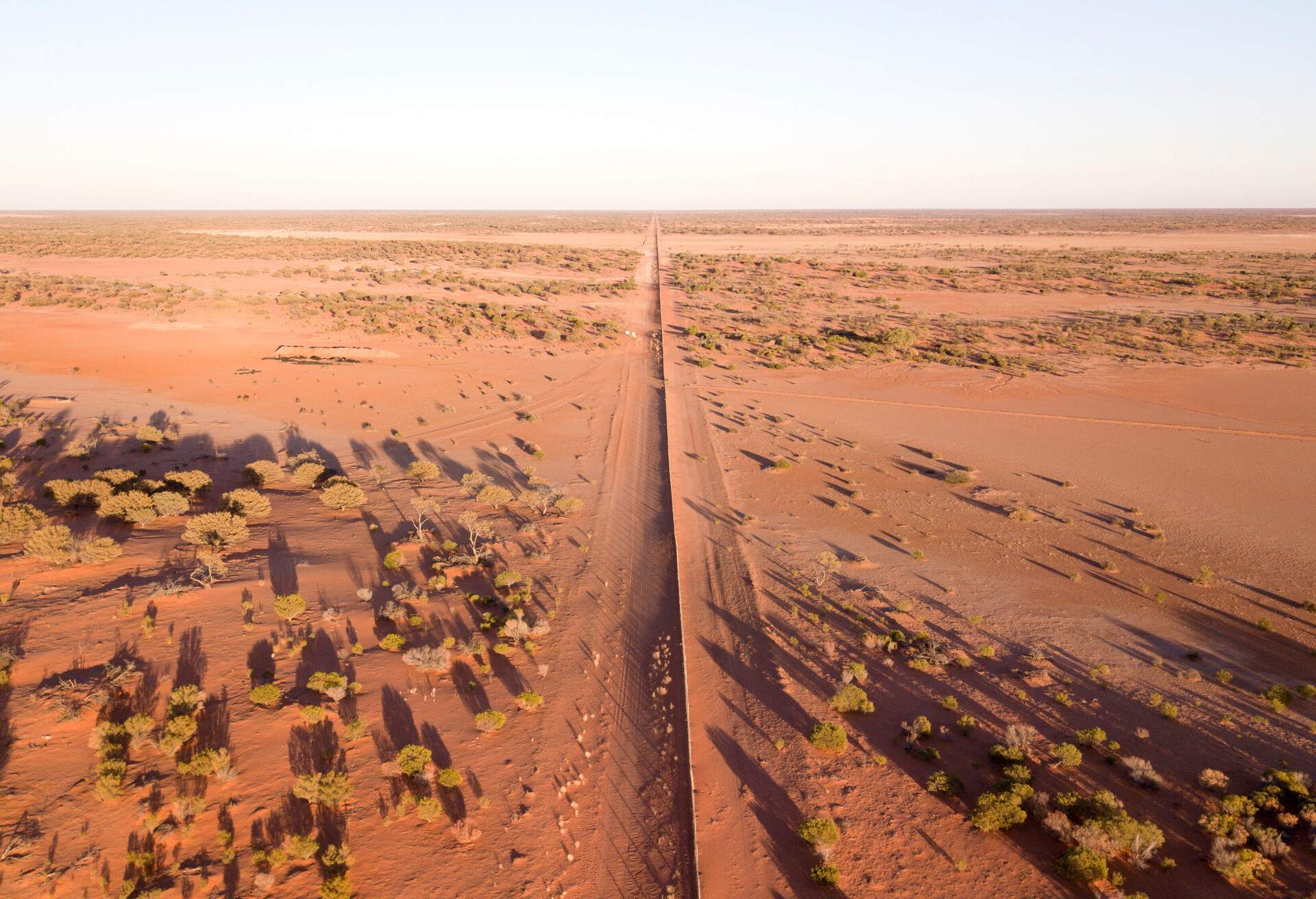
Dingoes are the largest terrestrial carnivore in Australia and are known for attacking livestock and damaging crops. As such, fences are often built around farmland to keep them out. The Dingo Fence wasn’t built for just one farm or small area, it was built to keep dingoes out of the entire southeast section of the country. It stretches from Jimbour in southern Queensland and winds across the country and down to the Nullarbor Plain in South Australia.
Roughly 3,488 miles long, the fence has been mostly successful, though young dingoes have managed to get through holes in the fences. Dingoes do also play a positive role in Australia’s ecosystem, suppressing non-native predators like cats and foxes who hunt smaller mammals.
The Great Emu War of 1932
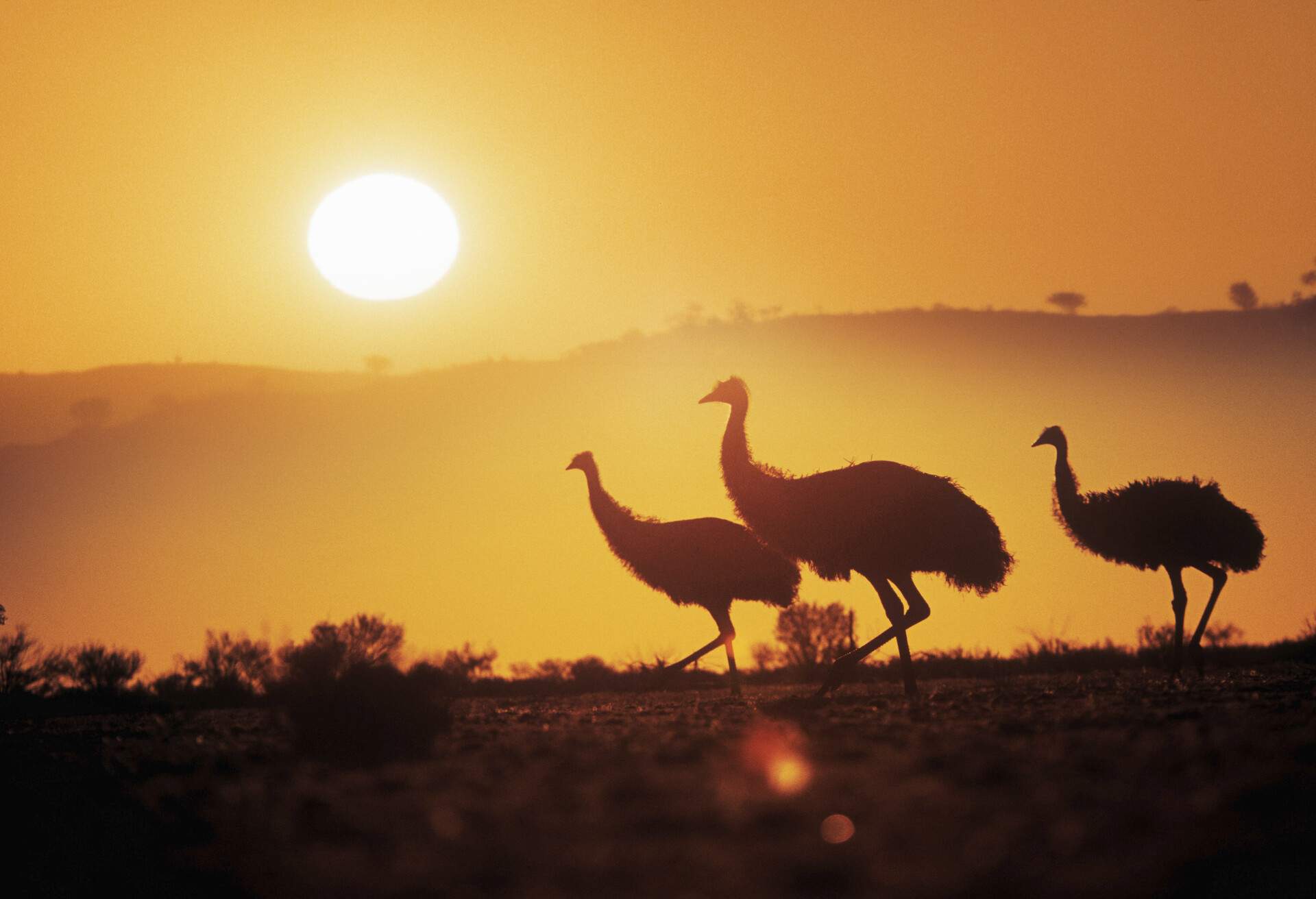
One of Australia’s unique animals is the emu, a tall flightless bird that lays large, bright blue eggs. Back in 1932, Australia went to ‘war’ with them … and the emus won! Emus had been causing damage to crops in the Campion district in Western Australia and initial attempts to curb the population were unsuccessful.
This led to Royal Australian Artillery soldiers, equipped with machine guns, being sent in, which led to the ‘Emu War’ moniker being used by the Australian media. While the army did kill a number of emus, the population persevered and whether or not the number of emus killed was enough to limit their crop destruction is debated. Farmers would eventually go on to use other methods, such as exclusion barrier fencing, to keep emus out of their crops.
World’s largest tram system

Many Australian cities phased out their tram networks as cars became more common during the 20th century. By the 70s, Melbourne had the only remaining multi-line tram network in the country, and it keeps getting bigger. As of 2018, Melbourne’s tram network was the largest operational tram network in the world. It has around 155 miles of double track, roughly 1,700 stops and operates over 5,000 services daily.
Although Melbourne’s tram fleet has been continuously modernized, if you take the City Circle tram, you can ride on vintage trams from the 1920s and 30s. Recently, more Australian cities, including Sydney and Canberra, have begun reintroducing trams into their public transport system.
